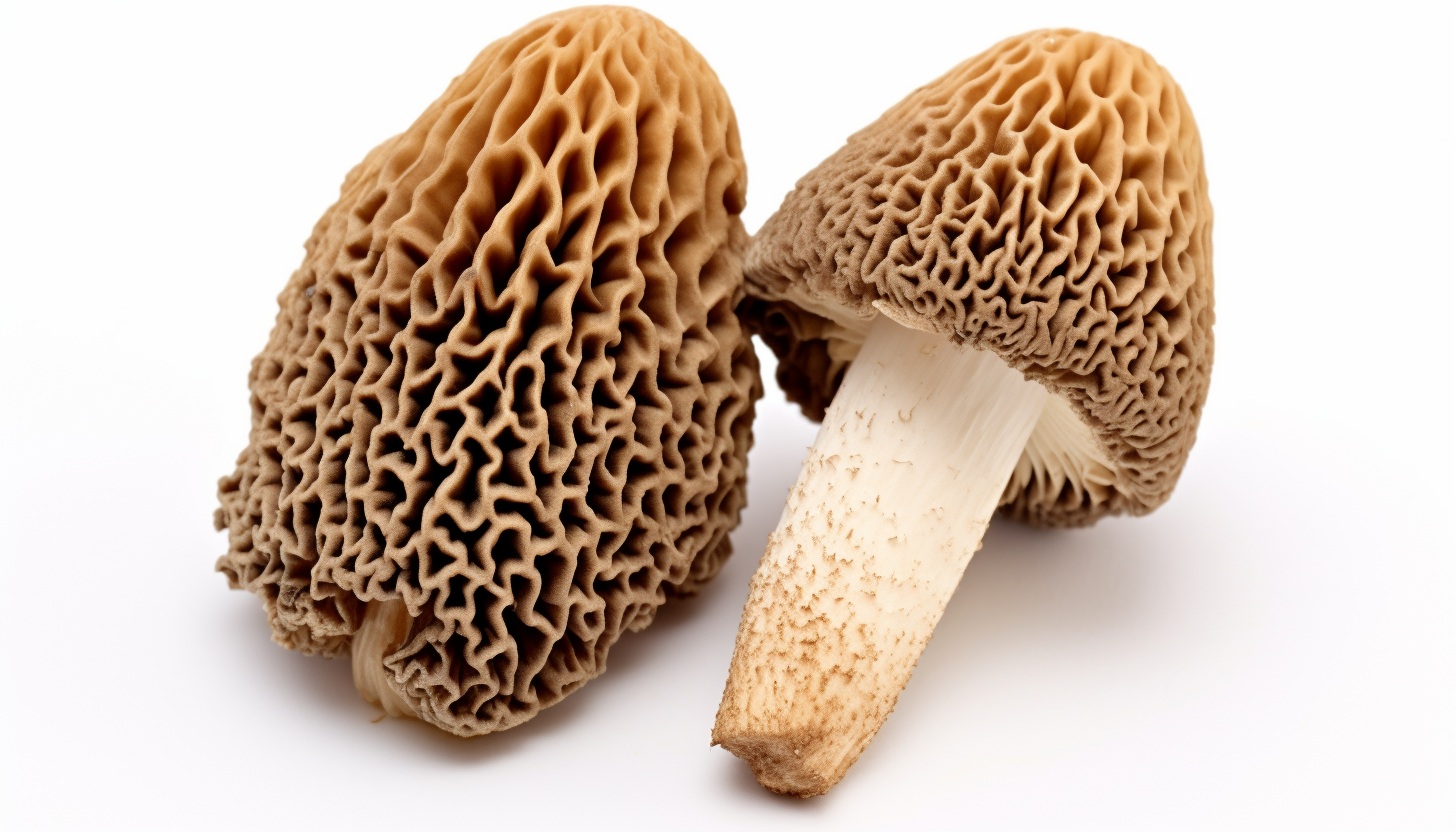The Colony

The Colony is a non-profit organization dedicated to a unique educational experience that bridges the gap between nature and technology. Our distinctive curriculum integrates fields such as permaculture, entomology, plant biology, and agro-ecology with programming, statistics, computational social sciences, and robotics. At the core of our philosophy is an emphasis on the use of open-source software and freely accessible knowledge. The colony accommodates both long-term and short-term residencies, providing a range of opportunities including classes for parents and their children, as well as conferences focused on our core disciplines. This flexibility allows families and professionals alike to immerse themselves in an enriching learning environment that fosters effective science communication.
Community

Permanent & Transient Community Members
Permanent community members are the core of the commune and should have a say in decision-making and be responsible for long-term planning. Transient members, on the other hand, could include visitors, volunteers, or short-term residents.
Communal & Individual Spaces
Regarding private and communal spaces, finding the right balance is crucial to respect individual needs while nurturing a sense of community. Members should have private living spaces to ensure personal privacy and comfort. At the same time, communal spaces play a pivotal role in fostering social interactions and collaboration.
People

Our team is composed of exceptional individuals, each holding a Ph.D. from accredited institutions, covering a diverse range of fields such as Sociology, Statistics, Entomology, Plant Pathology, and Physics. Science communication is at the heart of what we do. As passionate advocates for their specialties and experts in their respective domains, our team members are dedicated to science communication that is both informative and engaging. Drawing from their profound knowledge and extensive research experience, they provide unparalleled insights into the world of science.
Voting

At The Colony, unanimous voting is used on big, community-altering decisions to ensure wide support and minimize division. For daily matters like resource allocation, rank-choice voting is more practical, letting people express multiple preferences and producing broadly acceptable outcomes.
Ranked-Choice
Ranked-choice voting, also known as instant-runoff voting, is an electoral system in which voters rank candidates in order of preference. Instead of choosing only one candidate, voters have the option to rank multiple candidates from most preferred to least preferred. The counting process involves eliminating candidates with the fewest votes and reallocating their votes to the remaining candidates based on the voters' next preferences until a candidate receives a majority or predetermined threshold of votes.
Unanimous
Unanimous voting is a decision-making process in which all participants or members of a group must agree or give their consent for a proposal, motion, or action to be approved. In a unanimous voting system, any dissent or objection from a single member can block the decision, resulting in the need for further discussion or modification of the proposal until it garners unanimous agreement.
Anonymity
Anonymity in voting is of paramount importance as it safeguards the fundamental principles of democracy and ensures a fair and unbiased electoral process. When individuals can cast their votes without fear of retaliation or judgment, they are more likely to express their true beliefs and preferences. This allows for a diverse range of perspectives to be represented in the electoral outcome, preventing the disproportionate influence of outspoken individuals or groups.
Procedures
Having a weekly meeting of permanent members to make decisions about predefined issues is an efficient and collaborative approach to address key matters in a timely manner. The regularity of these gatherings fosters a cohesive environment where team members can actively engage and exchange ideas to arrive at well-considered decisions. With predefined issues set before each meeting, participants come prepared, streamlining the decision-making process and avoiding unnecessary delays.
Task

In our commune, we prioritize a collaborative and egalitarian approach to task organization. Firstly, all tasks are clearly defined and categorized based on their nature and complexity. This ensures everyone understands their responsibilities and can contribute effectively. Secondly, we implement a rotation system, where individuals take turns performing different tasks. This not only fosters a sense of unity and shared responsibility but also allows everyone to acquire diverse skills and experiences. Lastly, we emphasize a fair rotation in and out of supervision or monitoring roles for task completion. This practice promotes accountability and prevents the concentration of power, encouraging transparent and unbiased assessment of the tasks. Through these practices, we aim to create a harmonious and efficient community where each member's contributions are valued and everyone has an equal opportunity to participate in decision-making and communal responsibilities.
Roles
- Sanitation
- Waste
- Dishes
- Watering
Rotation
Monitoring
Curriculum

Curriculum
Our curriculum is thoughtfully crafted to embrace the wonders of the natural world, with a strong focus on ecology, entomology, permaculture, and aquaponics, fostering a deep connection with our environment. Simultaneously, we recognize the significance of technology in shaping our future, offering an array of cutting-edge subjects such as robotics, computational social science, statistics, and programming.
|
|
Agroecology

Agroecology is a holistic approach to agricultural systems that seeks to optimize the interactions between plants, animals, humans, and the environment. It is a science-based field that integrates ecological principles and practices into farming and food production systems. Agroecology emphasizes the importance of biodiversity, soil health, ecosystem services, and the promotion of sustainable and resilient agricultural practices
Robotics

Robotics refers to the interdisciplinary field of study and practice involving the design, development, and application of robots. Robots are mechanical devices or intelligent machines designed to perform tasks autonomously or under human control. They are typically equipped with sensors, actuators, and a control system that allows them to perceive their environment, make decisions, and manipulate objects.
Statistics

Statistics is a branch of mathematics and a discipline that involves the collection, analysis, interpretation, presentation, and organization of numerical data. It provides methods and techniques for making sense of data and drawing meaningful conclusions from it.
Social Science

Computational social science is an interdisciplinary field that applies computational methods, data analysis, and computer-based models to study social phenomena and human behavior. It involves combining concepts and theories from social science disciplines, such as sociology, psychology, economics, and political science, with computational techniques and large-scale data analysis.
Infrastructure

The infrastructure of a community represents the underlying foundation that facilitates the daily life and functioning of its members. Water infrastructure includes the purification and distribution systems that provide safe drinking water to residents. Energy infrastructure encompasses the production, transmission, and distribution of power, often through a combination of renewable and non-renewable sources. Buildings within the community, such as individual and collective spaces, are designed with both functionality and sustainability in mind.
Spaces
The commune, an epitome of shared living, is designed to foster a sense of community while still respecting the need for individual autonomy. It will feature both individual and collective living spaces, thus providing an intricate blend of privacy and social interaction. The layout will be strategically planned to encourage interaction and foster a spirit of camaraderie in the communal spaces, without compromising the sanctuary of personal spaces.
Individual Space
Housing

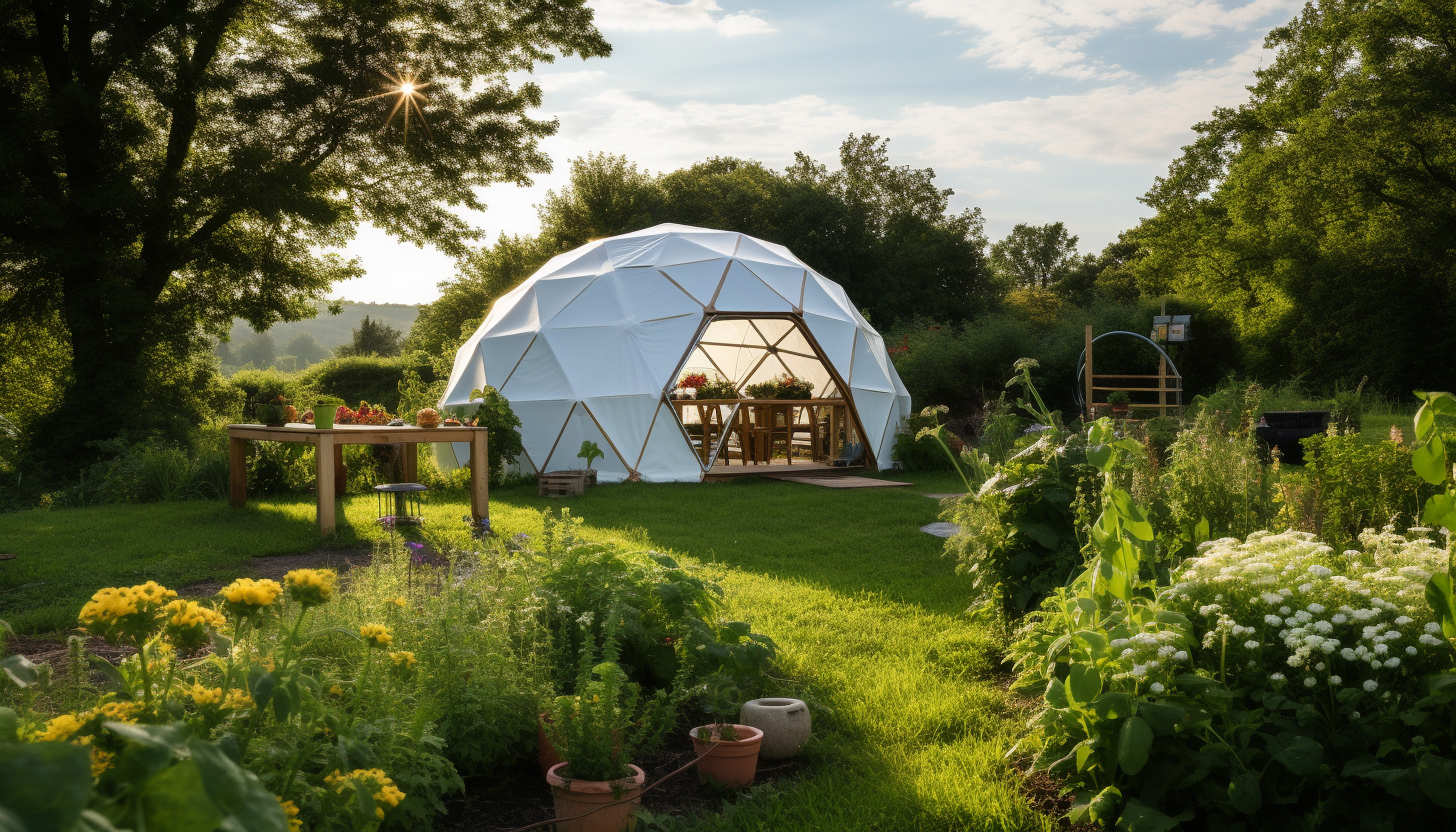
Communal Space
Conference Space

Event Space

Study Space

Water

Freshwater
- City water
- Well water
Water Capture
Water collection can be significantly enhanced by slowing down the runoff of water, thereby allowing it to seep into the soil more effectively. This approach involves the creation of barriers or interventions that reduce the speed of water as it moves over the land. By slowing the water's flow, these methods increase the time it has to infiltrate the soil, enhancing groundwater recharge and reducing surface runoff.
Wastewater
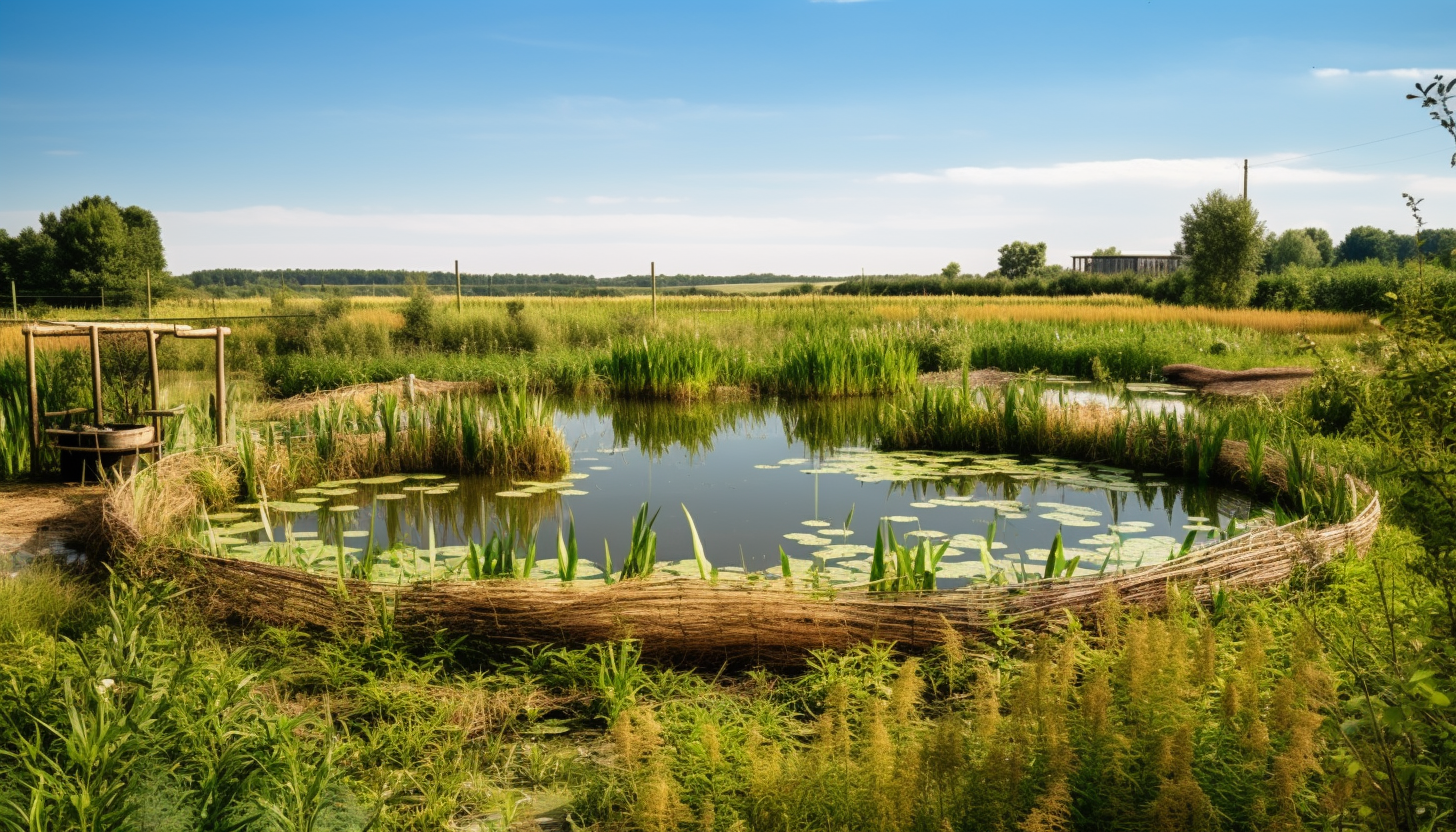
Greywater
Greywater refers to the wastewater generated from non-toilet plumbing fixtures and appliances in residential or commercial buildings. This type of wastewater includes water from sources such as:
- Sinks (kitchen and bathroom)
- Showers and bathtubs
- Washing machines
- Dishwashers
Greywater does not contain fecal matter, so it is considered less contaminated than blackwater. However, it can still have impurities and some level of chemical or organic content depending on the specific sources.
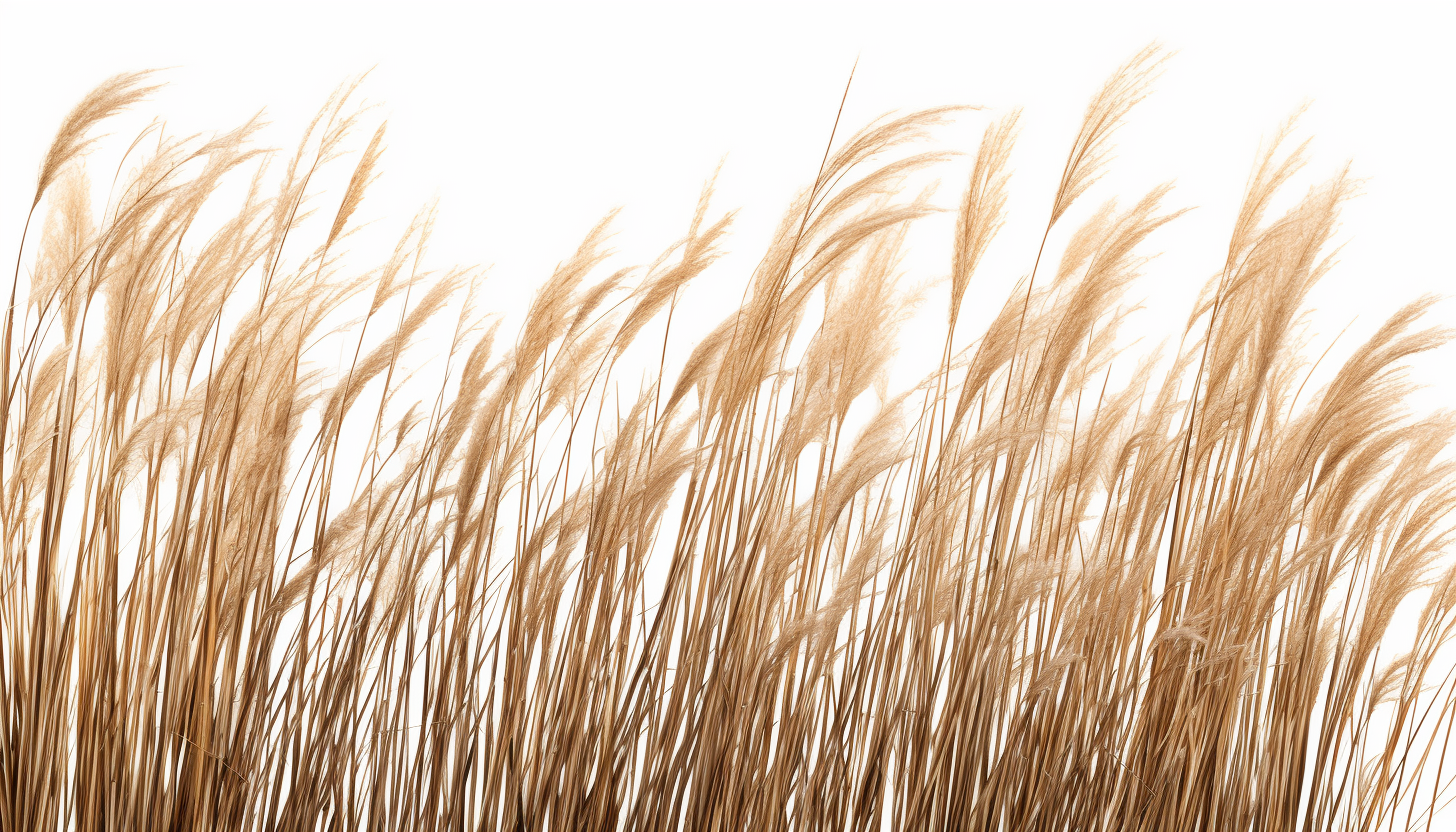
Plants for Greywater Treatment:
- Reed (Phragmites australis) - Commonly used in constructed wetlands for greywater treatment.
- Cattail (Typha spp.) - Effective at removing pollutants like nitrogen and phosphorus.
- Water Hyacinth (Eichhornia crassipes) - Known for absorbing heavy metals and other toxins but can be invasive.
- Duckweed (Lemna spp.) - Effective in nutrient removal but can also be invasive.
- Bulrush (Schoenoplectus spp.) - Used in wetland systems for treating greywater.
- Iris (Iris spp.) - Can tolerate wet conditions and helps in removing pollutants.
- Rush (Juncus spp.) - Used in wetland systems and effective in nutrient removal.
- Bamboo (Bambusa spp.) - Can be used in greywater systems for nutrient uptake.
- Willow (Salix spp.) - Effective in removing contaminants and can tolerate wet conditions.
- Mint (Mentha spp.) - Can be used in small-scale greywater treatment systems.
Blackwater
Blackwater, on the other hand, is the wastewater that comes from toilets and contains human waste (feces and urine). It is highly contaminated and potentially carries harmful pathogens, making it a significant health risk. In addition to human waste, blackwater may also contain toilet paper and water used for flushing.
Due to its high level of contamination, blackwater must undergo extensive treatment before it can be safely discharged into the environment or reused. The treatment process for blackwater is more complex and requires higher levels of sanitation to ensure that harmful pathogens are removed effectively.
See HTC for possible solutions.
Plants for Blackwater Treatment:
- Vetiver Grass (Chrysopogon zizanioides) - Known for its pollutant-absorbing capabilities.
- Poplar Trees (Populus spp.) - Effective in absorbing contaminants from blackwater.
- Switchgrass (Panicum virgatum) - Good for absorbing nutrients and organic matter.
- Alfalfa (Medicago sativa) - Helps in the removal of heavy metals and other toxins.
- Sunflower (Helianthus annuus) - Can remove heavy metals from wastewater.
- Indian Mustard (Brassica juncea) - Known for its ability to absorb heavy metals.
- Ferns (Pteris spp.) - Effective in arsenic and heavy metal uptake.
- Papyrus (Cyperus papyrus) - Commonly used in blackwater treatment in constructed wetlands.
- Water Spinach (Ipomoea aquatica) - Can absorb a range of nutrients and contaminants.
- Water Lettuce (Pistia stratiotes) - Effective in nutrient removal but can be invasive.
Irrigation
Sustainable irrigation practices are essential for a myriad of reasons. Sustainable irrigation promote water efficiency, minimizing water wastage, and ensuring the long-term viability of the land.
Olla
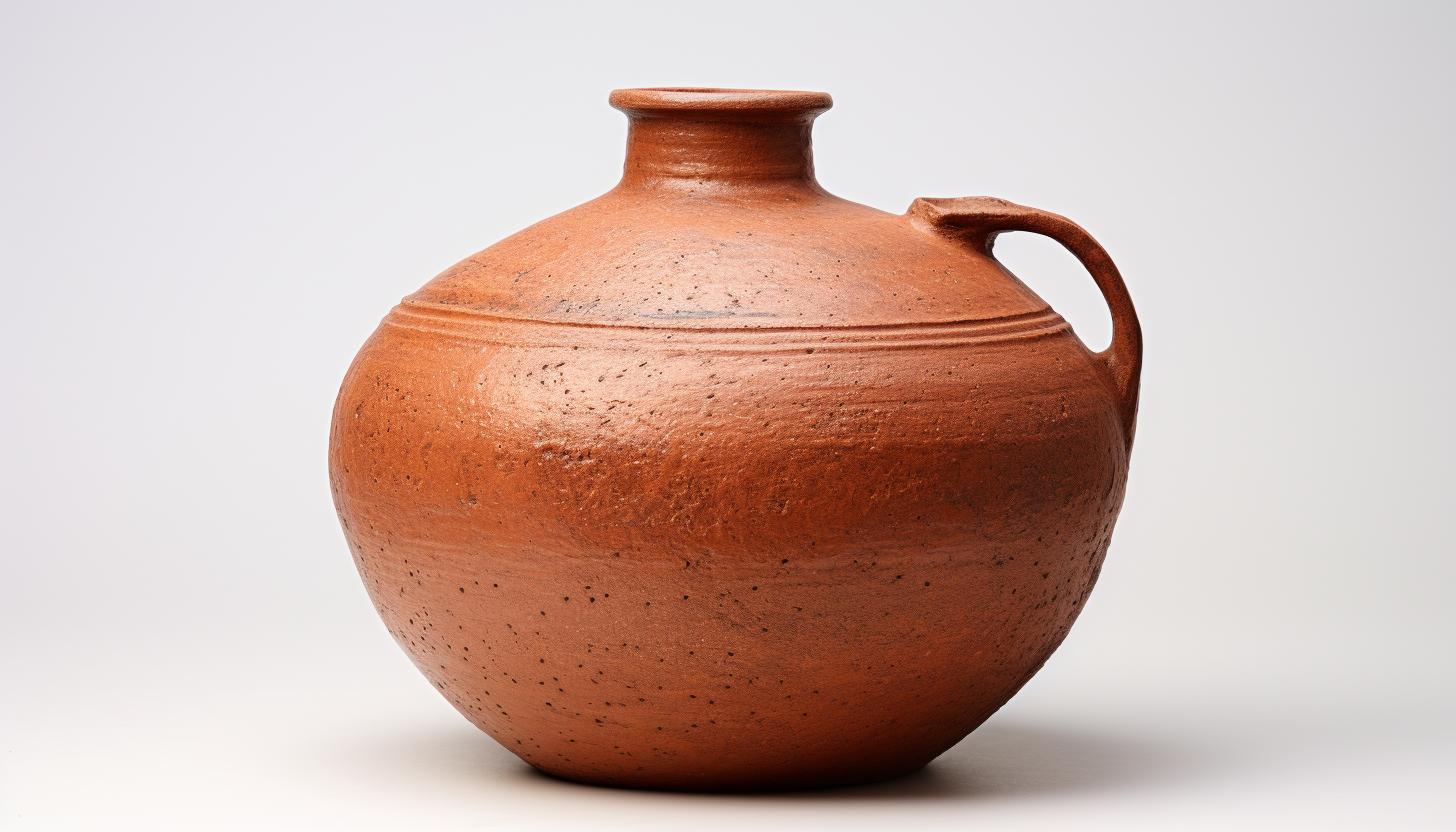
Ollas are unglazed clay pots used for efficient irrigation, especially in dry climates. They are buried in the ground near plant roots and filled with water. The porous terracotta material allows water to seep directly into the root zone at a rate dependent on soil moisture levels, thus reducing water waste due to runoff and evaporation. Ollas are refilled as needed and promote the development of deep, healthy root systems.
Workshop

3D Printing
 3D printing, also known as additive manufacturing, is a revolutionary technology that creates physical objects from digital designs. This process is achieved by laying down successive layers of material until the entire object is formed. The materials used can vary widely and include plastic, metal, ceramics, and even biological substances.
3D printing, also known as additive manufacturing, is a revolutionary technology that creates physical objects from digital designs. This process is achieved by laying down successive layers of material until the entire object is formed. The materials used can vary widely and include plastic, metal, ceramics, and even biological substances.
Wood
 Woodworking is the art, craft, or trade of designing and constructing items from wood. This practice involves various processes, such as cutting, shaping, and joining wood to create furniture, sculptures, decorative items, and structural elements like beams or panels.
Woodworking is the art, craft, or trade of designing and constructing items from wood. This practice involves various processes, such as cutting, shaping, and joining wood to create furniture, sculptures, decorative items, and structural elements like beams or panels.
Art
 The art workshop is a creative gathering designed to cultivate artistic skills, inspire creativity, and promote individual expression. In these workshops, participants engage in hands-on activities under the guidance of experienced artists or instructors. The focus can range from painting, drawing, and sculpture, to ceramics, photography, or digital art, among other forms. Participants have the opportunity to learn new techniques, improve existing skills, and explore different artistic mediums.
The art workshop is a creative gathering designed to cultivate artistic skills, inspire creativity, and promote individual expression. In these workshops, participants engage in hands-on activities under the guidance of experienced artists or instructors. The focus can range from painting, drawing, and sculpture, to ceramics, photography, or digital art, among other forms. Participants have the opportunity to learn new techniques, improve existing skills, and explore different artistic mediums.
Aquaponic
The aquaponics workshop is an educational event aimed at teaching participants the fundamentals of aquaponics, a sustainable method of food production that combines traditional aquaculture (raising aquatic animals such as fish) with hydroponics (cultivating plants in water). During the workshop, participants typically learn about the basic principles of aquaponics, including how the symbiotic relationship between plants and aquatic animals can create a self-sustaining ecosystem. This might involve understanding the nitrogen cycle, pH balance, water quality, and the types of plants and fish suitable for aquaponic systems.
Electricity
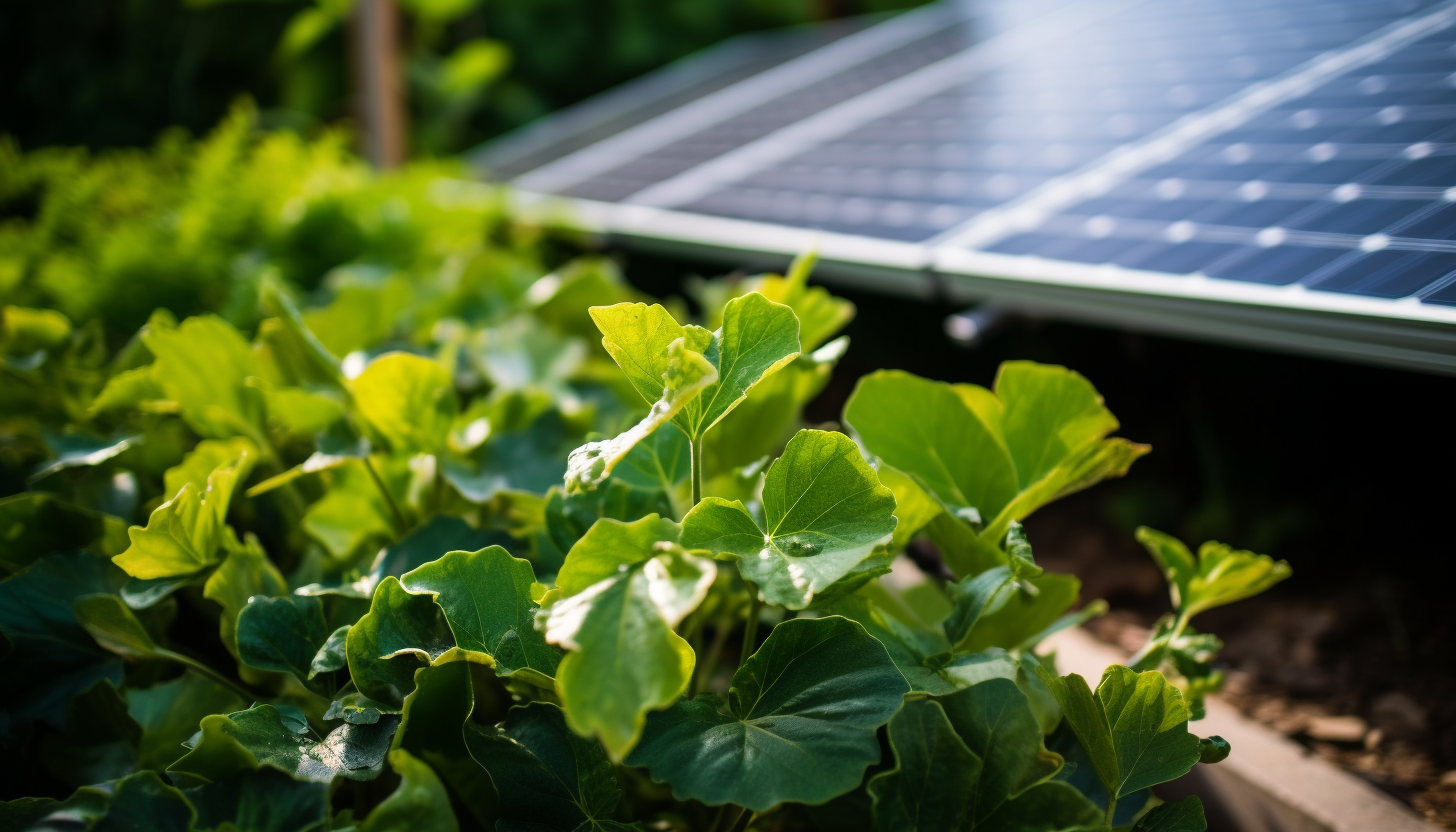
Hydrothermal carbonization (HTC)
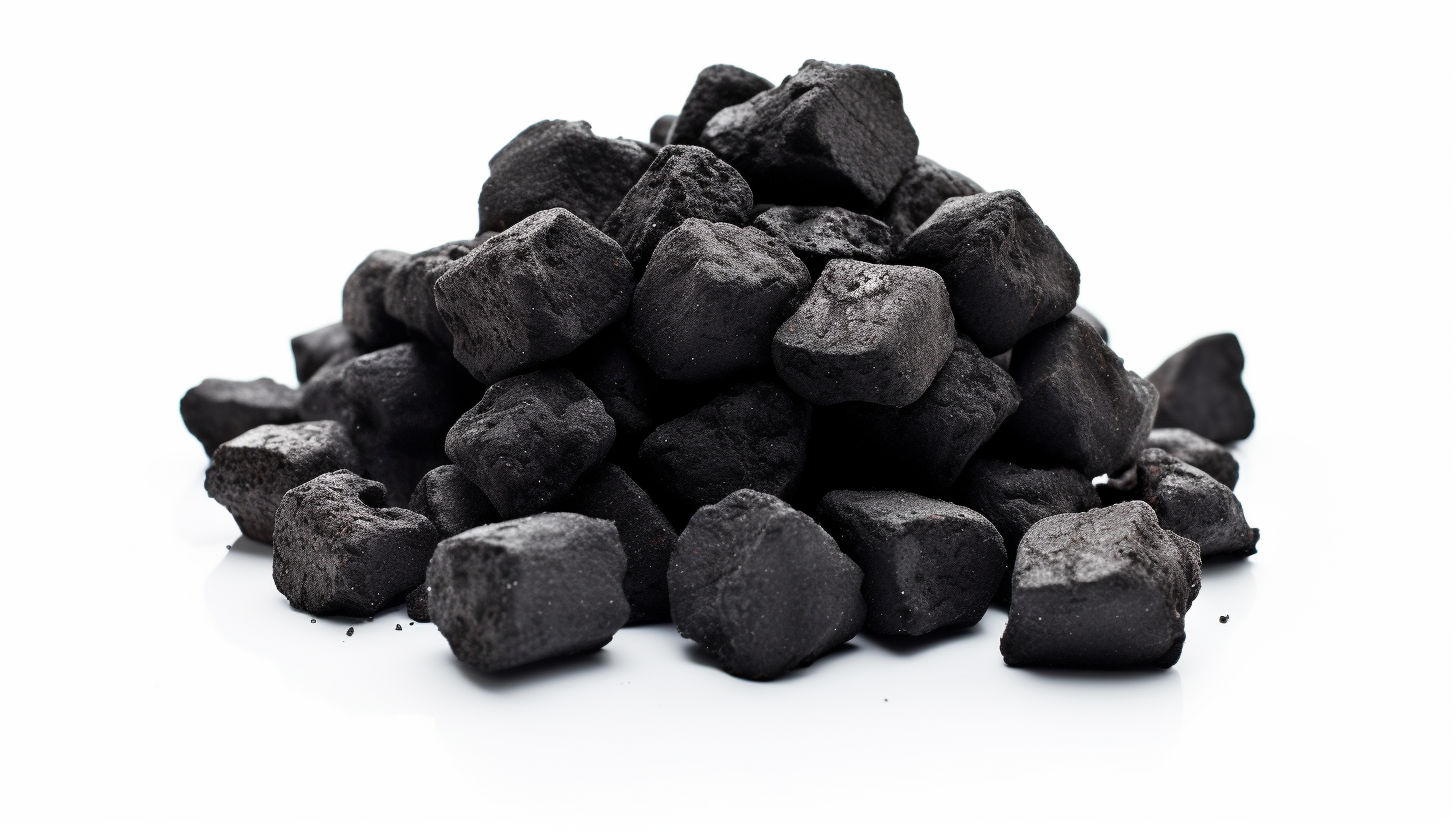 Hydrothermal carbonization (HTC) is an innovative thermochemical conversion process that transforms biomass into a coal-like material, known as hydrochar, under high-temperature and pressurized aqueous conditions. In essence, HTC mimics the natural coal formation process but accomplishes it in a few hours instead of millions of years.
Hydrothermal carbonization (HTC) is an innovative thermochemical conversion process that transforms biomass into a coal-like material, known as hydrochar, under high-temperature and pressurized aqueous conditions. In essence, HTC mimics the natural coal formation process but accomplishes it in a few hours instead of millions of years.
 The process typically operates at temperatures ranging from 180 to 250 degrees Celsius and pressure about 10-50 bar, and it can be applied to a wide variety of feedstocks, including waste biomass. The resulting hydrochar is energy-rich and can be utilized for various applications, such as biofuel, soil amendment, or carbon sequestration. HTC also addresses the issues of waste management and renewable energy production.
The process typically operates at temperatures ranging from 180 to 250 degrees Celsius and pressure about 10-50 bar, and it can be applied to a wide variety of feedstocks, including waste biomass. The resulting hydrochar is energy-rich and can be utilized for various applications, such as biofuel, soil amendment, or carbon sequestration. HTC also addresses the issues of waste management and renewable energy production.
Solar
Solar electric, also known as solar power or solar energy, is a renewable energy source that converts sunlight into electricity. It involves the use of photovoltaic (PV) cells or solar panels to capture the energy from the sun and convert it into usable electrical energy. These solar panels consist of semiconductor materials that generate a flow of electrons when exposed to sunlight.
Wind
Wind electric, also known as wind power or wind energy, is a renewable energy source that harnesses the power of the wind to generate electricity. It involves the use of wind turbines, typically mounted on tall towers, which capture the kinetic energy of the wind and convert it into electrical energy. The wind causes the turbine blades to rotate, and this rotation drives a generator that produces electricity.
Hydro
Hydroelectric power, also known as hydropower, is a renewable energy source that generates electricity by harnessing the energy of flowing or falling water. It involves using dams or flowing rivers to control the flow of water, which drives turbines connected to generators.
Digital

We host locally up to date open source LLM models to enhance our quality of life and task efficiency. The LLMs could serve multiple purposes, from automating administrative tasks and simplifying legal document processing to providing educational resources for inhabitants. Open-source models offer the advantage of customization, allowing the colony to adapt the technology to its specific needs, whether that's translating languages, generating reports, or even assisting in scientific research, or for general information retrieval. By integrating LLMs into its digital infrastructure, the colony could optimize resources, reduce human error, and free up human capital for more creative and complex tasks, thereby ensuring its long-term viability.
Financial

At The Colony, we prioritize transparency and openness in our financial operations. Our public account is an open ledger available for all members and stakeholders to review. This ledger details all financial transactions, including contributions, withdrawals, and expenditures. Contributions come from various sources—grants, donations, tuition fees, and more. Withdrawals are systematically categorized and itemized to indicate their purpose, whether it's investment in communal tools, procurement of organic food for residents, purchase of educational materials, or acquisition of clothing and essential supplies. By making this information freely accessible, we aim to cultivate trust and collaborative spirit within our community, ensuring that our financial resources are being allocated in a manner that aligns with our mission and values.
Processing

Drying or Dehydration
Freeze Drying
Fermentation
Smoking
Salting
Ecology

In our commitment to ecological conservation and sustainable practices, we prioritize working with native species in all our projects. Native species are those that have evolved and adapted to specific environmental conditions over thousands of years, making them crucial to maintaining the balance and health of local ecosystems. By emphasizing their use, we not only promote biodiversity but also reduce the risks associated with introducing invasive species that can disrupt local habitats.
Permaculture is a holistic approach to agriculture and social design principles centered around simulating or directly utilizing the patterns and resilient features observed in natural ecosystems. Food forests are a prime example of permaculture in action. Unlike conventional farming methods, food forests aim to create a diverse and self-sustaining system that mimics a natural forest ecosystem. They include multiple layers of vegetation, from tall canopy trees to smaller understory plants, all chosen to complement and support each other. This complexity encourages beneficial relationships between plants and animals, enhancing soil fertility, pest control, and overall resilience.
- Permacrulture
- Food forestry
- Syntropic agroforestry
Daily Nutritional Requirements
Macronutrients
- Calories: 2000-2500 kcal/day for women; 2500-3000 kcal/day for men
- Proteins: 46-56 grams/day
- Carbohydrates: 130 grams/day minimum
- Fats: 70-100 grams/day
- Saturated fats: Less than 10% of total caloric intake
- Trans fats: As low as possible
Micronutrients
- Fiber: 25 grams/day for women; 38 grams/day for men
- Calcium: 1000 mg/day
- Iron: 8 mg/day for men; 18 mg/day for women
- Magnesium: 400 mg/day for men; 310 mg/day for women
- Phosphorus: 700 mg/day
- Potassium: 4700 mg/day
- Sodium: Less than 2300 mg/day
- Zinc: 11 mg/day for men; 8 mg/day for women
- Copper: 900 µg/day
- Manganese: 2.3 mg/day for men; 1.8 mg/day for women
- Selenium: 55 µg/day
Vitamins
- Vitamin A: 900 µg/day for men; 700 µg/day for women
- Vitamin C: 90 mg/day for men; 75 mg/day for women
- Vitamin D: 600 IU/day
- Vitamin E: 15 mg/day
- Vitamin K: 120 µg/day for men; 90 µg/day for women
- Vitamin B1 (Thiamine): 1.2 mg/day for men; 1.1 mg/day for women
- Vitamin B2 (Riboflavin): 1.3 mg/day for men; 1.1 mg/day for women
- Vitamin B3 (Niacin): 16 mg/day for men; 14 mg/day for women
- Vitamin B6: 1.3 mg/day
- Vitamin B9 (Folate): 400 µg/day
- Vitamin B12: 2.4 µg/day
Cricket

Crickets are increasingly being recognized as a sustainable and nutritious source of protein for both humans and other animals. Rich in essential amino acids, vitamins, and minerals, they offer a healthy alternative to traditional meat sources. Their production requires significantly less water and land than traditional livestock, making them an environmentally friendly option.
Nutritional Profile
Nutritional profile of cricket flour, per 100 grams:
Macronutrients:
- Protein: 60-70 grams
- Fat: 10-15 grams
- Saturated fat: 3-4 grams
- Unsaturated fat: 6-8 grams
- Carbohydrates: 5-10 grams
- Fiber: 2-3 grams
- Sugars: 1-3 grams
Micronutrients:
- Vitamin B12: ~5 mcg (exceeds daily recommended intake)
- Iron: 6-9 mg
- Zinc: 5-7 mg
- Calcium: 30-50 mg
- Magnesium: 100-150 mg
Amino Acids:
Cricket flour is a complete protein source, meaning it contains all essential amino acids in sufficient quantities.
Fatty Acids:
Rich in Omega-3 and Omega-6 fatty acids.
Frass
Cricket frass, the waste produced by crickets, is a valuable byproduct of cricket farming. It serves as an organic fertilizer rich in essential nutrients, and its antimicrobial properties offer a natural alternative to chemical pesticides. It is useful in agriculture, composting, and animal feed, making it a versatile and sustainable resource.
Meal Worm

Mealworms are emerging as an essential and viable source of protein for both humans and animals. Comprised of a high percentage of protein, along with beneficial fats, vitamins, and minerals, they are a nutritious alternative to conventional protein sources. The cultivation of mealworms is known for its low environmental impact, requiring less land, water, and feed than traditional livestock.
Nutritional Profile
Nutritional profile of meal worm flour, per 100 grams:
Macronutrients:
- Protein: 48-54 grams
- Fat: 28-32 grams
- Saturated fat: 6-7 grams
- Unsaturated fat: 20-24 grams
- Carbohydrates: 6-12 grams
- Fiber: 5-8 grams
- Sugars: 1-3 grams
Micronutrients:
- Vitamin B1 (Thiamine): 1.3-1.9 mg
- Vitamin B2 (Riboflavin): 2.2-3.5 mg
- Vitamin B3 (Niacin): 5.5-7.5 mg
- Vitamin B5 (Pantothenic acid): 12-16 mg
- Vitamin B7 (Biotin): 20-30 mcg
- Vitamin B9 (Folate): 80-100 mcg
- Iron: 5-8 mg
- Zinc: 6-9 mg
- Calcium: 20-40 mg
- Magnesium: 100-150 mg
Calories:
Calories: ~450-550 kcal per 100 grams
Bee
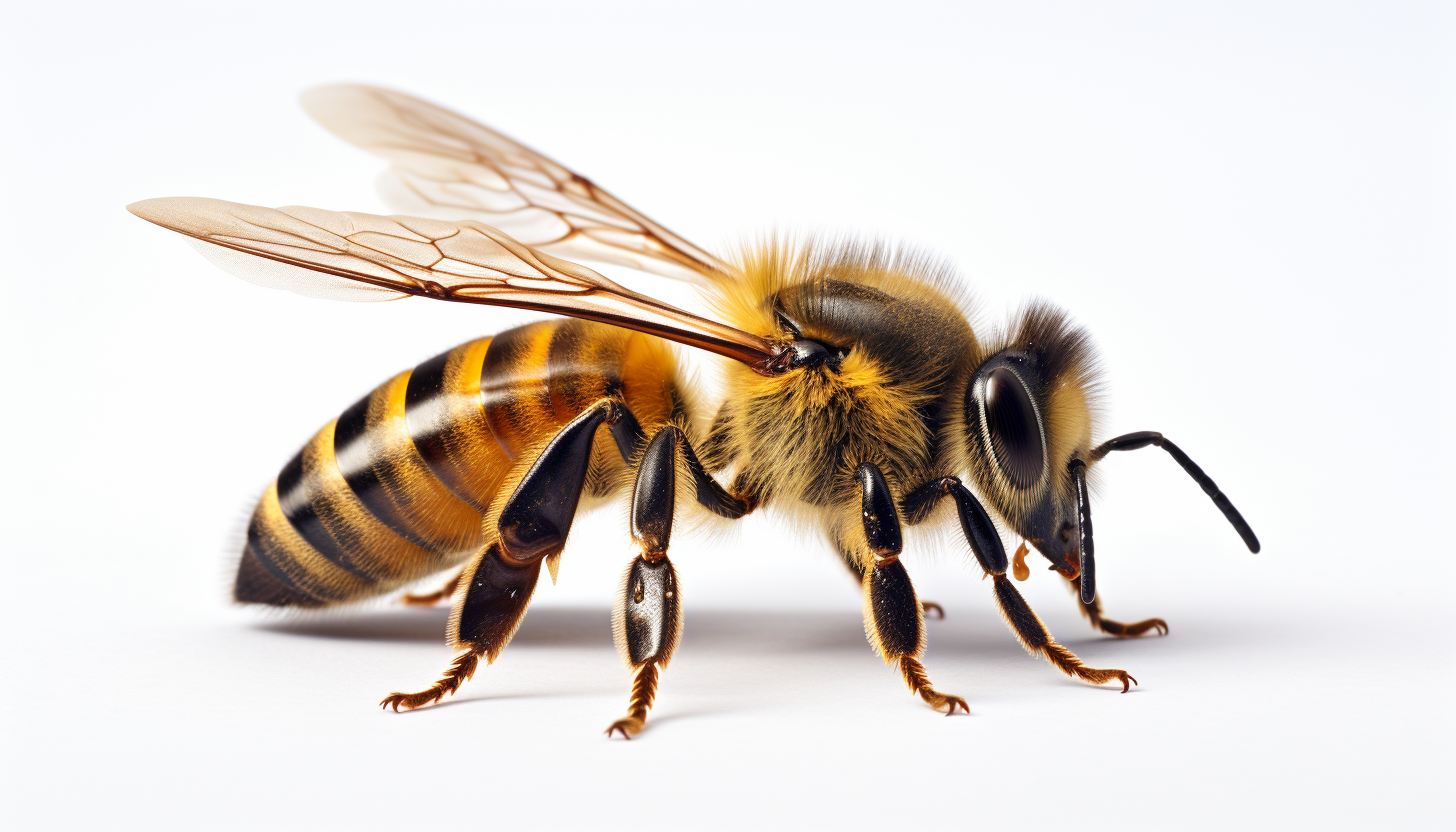
Polination
Bees play a crucial role in ecosystems as pollinators, facilitating the reproduction of flowering plants. By transferring pollen from one flower to another, they help in the production of fruits and seeds, supporting not only the plant populations but also the animals that depend on them for food. This pollination service is vital for the agricultural industry as well, as it enhances the yield of many crops that humans consume.
Honey
In addition to their ecological importance, bees are also known for honey production. Worker bees collect nectar from flowers and transform it into honey within the hive. This honey is not only a food source for the bees but has been harvested by humans for thousands of years. Rich in natural sugars, vitamins, and antioxidants, honey is valued both for its unique flavor and its medicinal properties.
Black Solder Fly
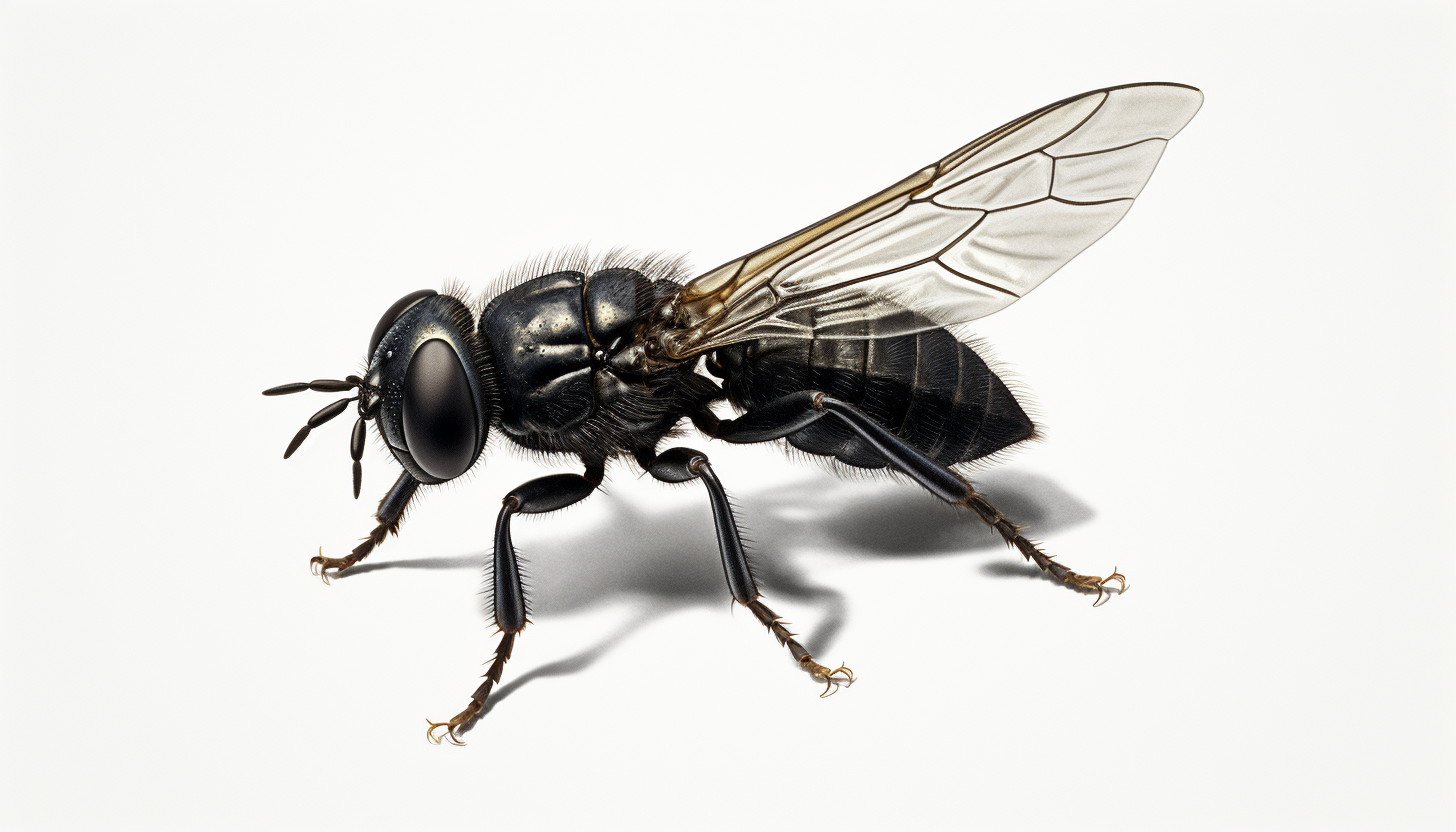
Chicken
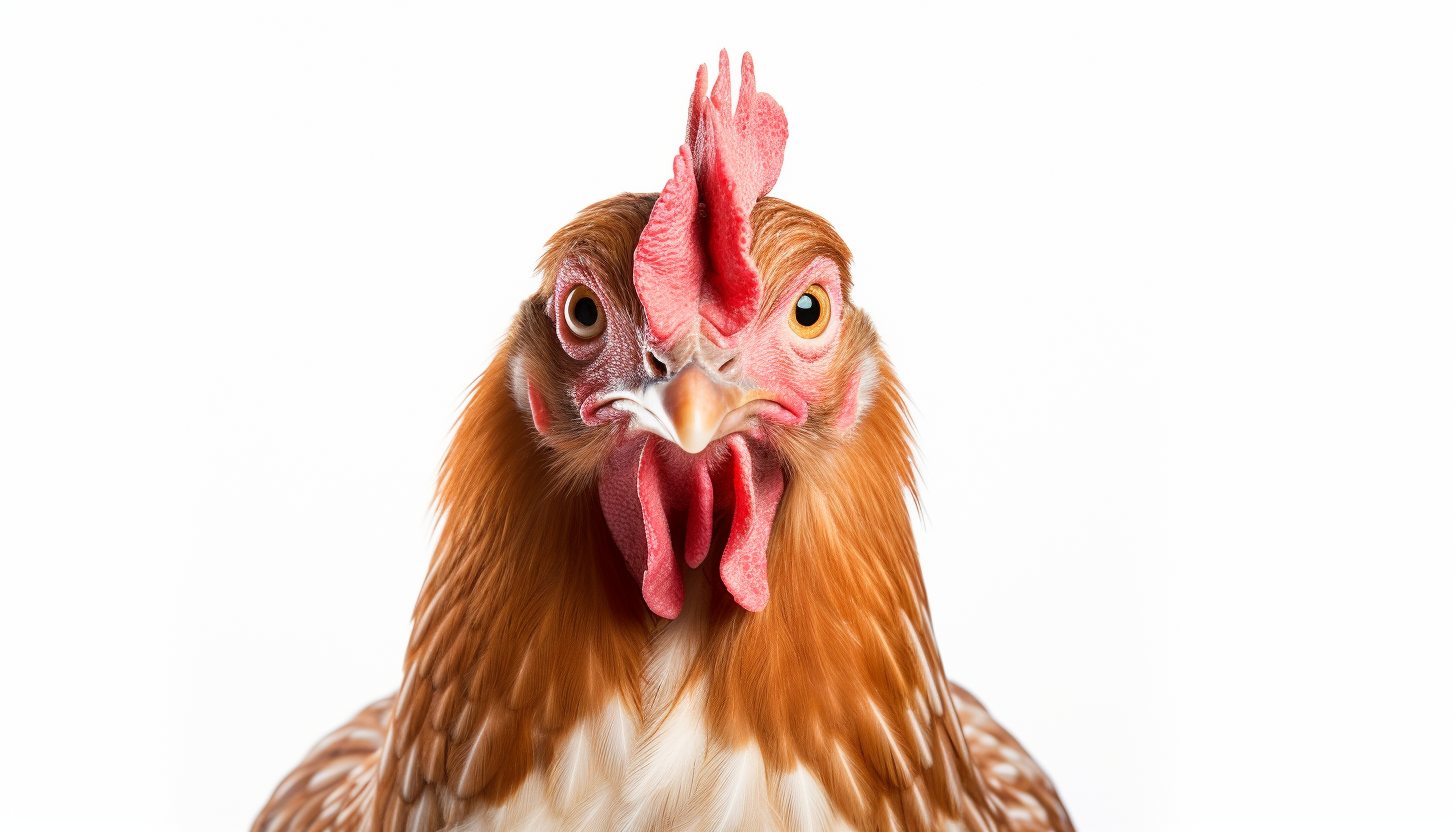
Eggs

Nutritional Profile
Large chicken egg (approx. 50g):
Macronutrients:
- Protein: ~6.5 grams
- Fat: ~5.5 grams
- Saturated fat: ~1.5 grams
- Unsaturated fat: ~4 grams
- Carbohydrates: ~0.5 grams
- Fiber: 0 grams
- Sugars: ~0.5 grams
Micronutrients:
- Vitamin A: ~195 IU
- Vitamin D: ~17 IU
- Vitamin B2 (Riboflavin): ~0.25 mg
- Vitamin B12: ~0.55 mcg
- Folate (Vitamin B9): ~24 mcg
- Iron: ~0.9 mg
- Zinc: ~0.65 mg
- Calcium: ~27 mg
- Magnesium: ~6 mg
- Phosphorus: ~99 mg
- Selenium: ~15.5 mcg
- Choline: ~125.5 mg (important for brain health)
Calories:
- Calories: ~72-80 kcal per large egg
Pest Control
Chickens serve an important ecological role through foraging. They naturally seek out and consume insects, seeds, and small plants, helping to control pest populations and recycle nutrients back into the soil.
Meat
Chicken is an excellent source of high-quality protein, which is vital for muscle growth and repair, as well as for maintaining a healthy body overall. A single serving of chicken can provide a significant portion of the recommended daily protein intake.
Duck

Eggs
Pest Control
Meat
Quail

Eggs
Meat
Goat

Milk
Pruning
Meat
Potato
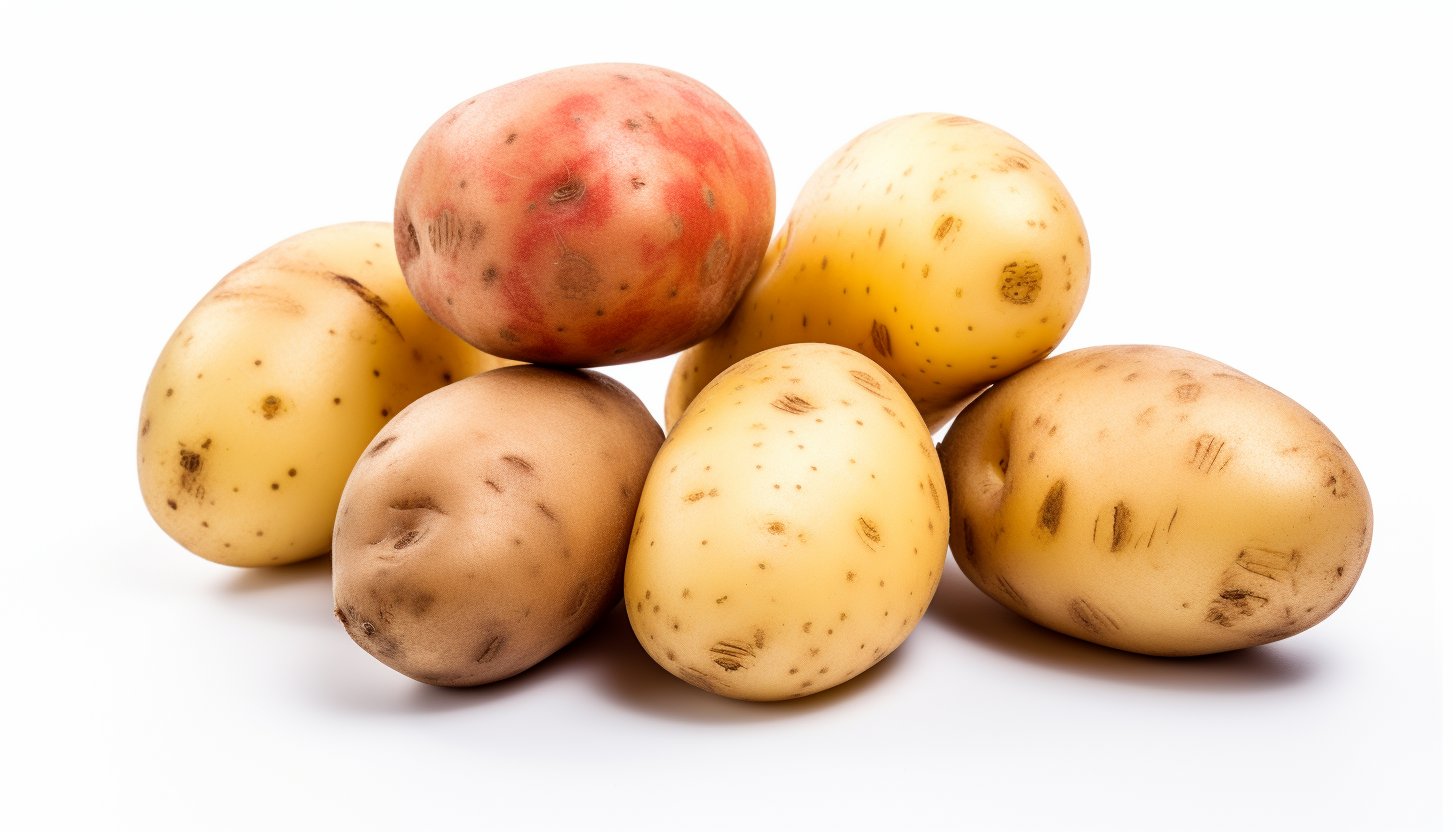
The potato is a nutritious starchy tuber that is a staple in many diets around the world. It is an excellent source of carbohydrates, primarily in the form of complex carbohydrates like starch, and provides energy. Potatoes are also rich in essential vitamins and minerals such as Vitamin C, Vitamin B6, potassium, and manganese. Additionally, they contain a moderate amount of fiber, particularly in the skin, which can promote digestive health. However, potatoes are low in protein and fat.
Sheep
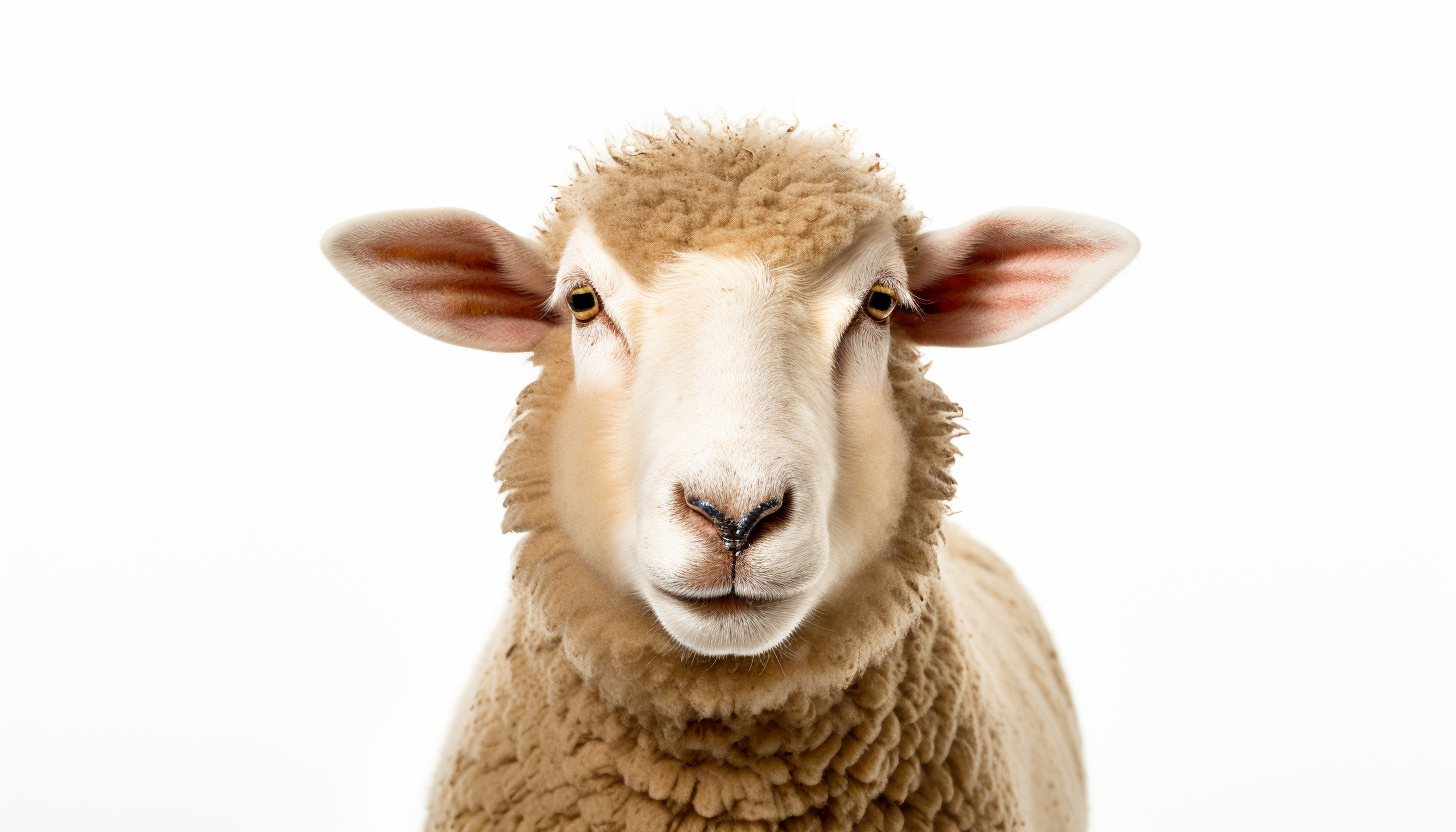
Milk
Wool
Pruning
Meat
Bean
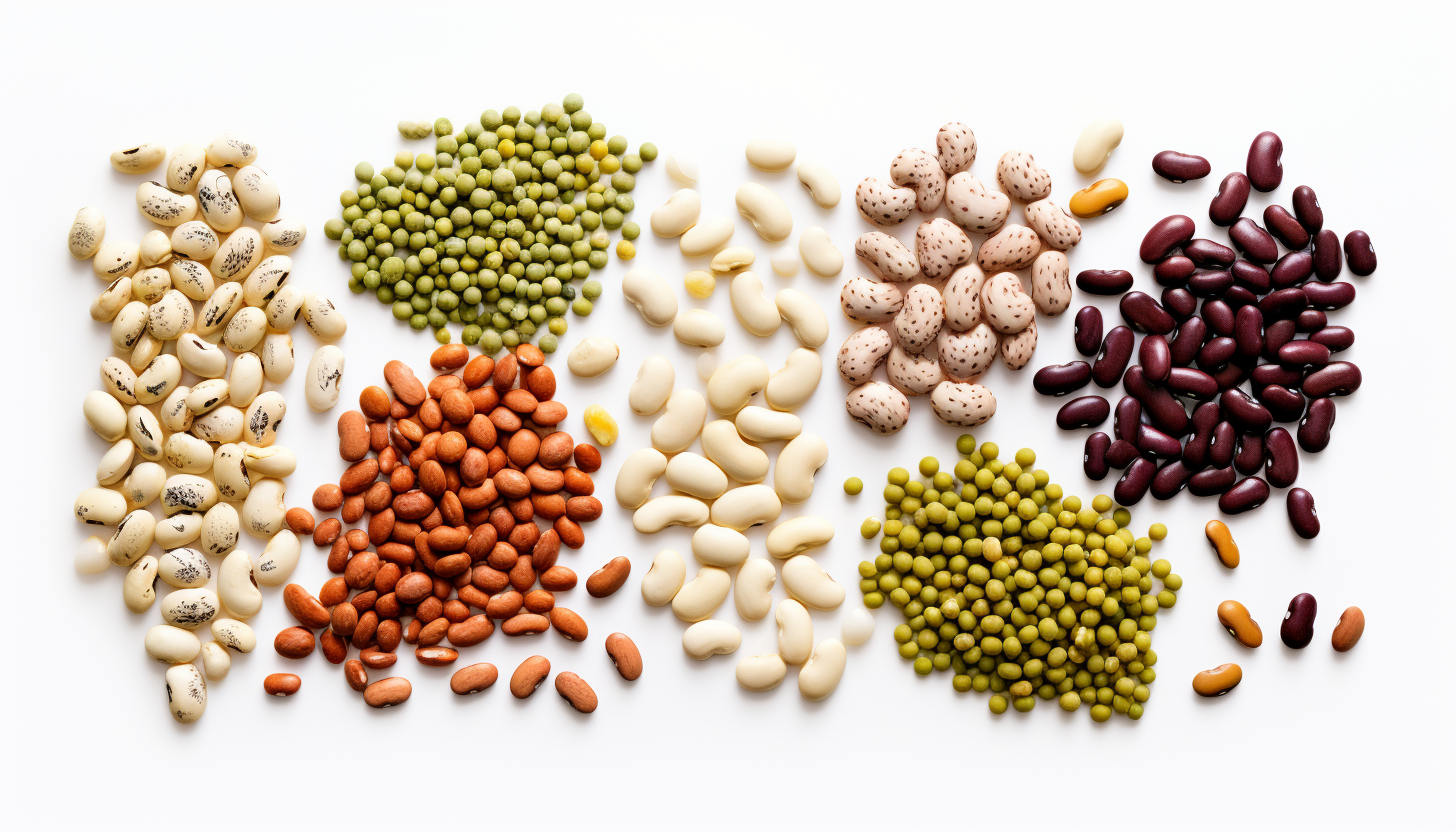
One of the three sisters with corn and squash
Beans, encompassing a wide variety of legumes like black beans, kidney beans, and chickpeas, are a nutritional powerhouse and a staple in many diets. They are an excellent source of protein, particularly for those on plant-based diets, providing a full set of essential amino acids when paired with whole grains. Beans are rich in dietary fiber, which supports digestive health and helps regulate blood sugar levels. They contain various vitamins, such as folate and small amounts of Vitamin B6, and essential minerals including iron, magnesium, potassium, and zinc. Additionally, beans are low in fat and have a low glycemic index, making them suitable for weight management and heart health. The phytochemicals and antioxidants present in beans may also contribute to reducing the risk of chronic diseases.
Corn
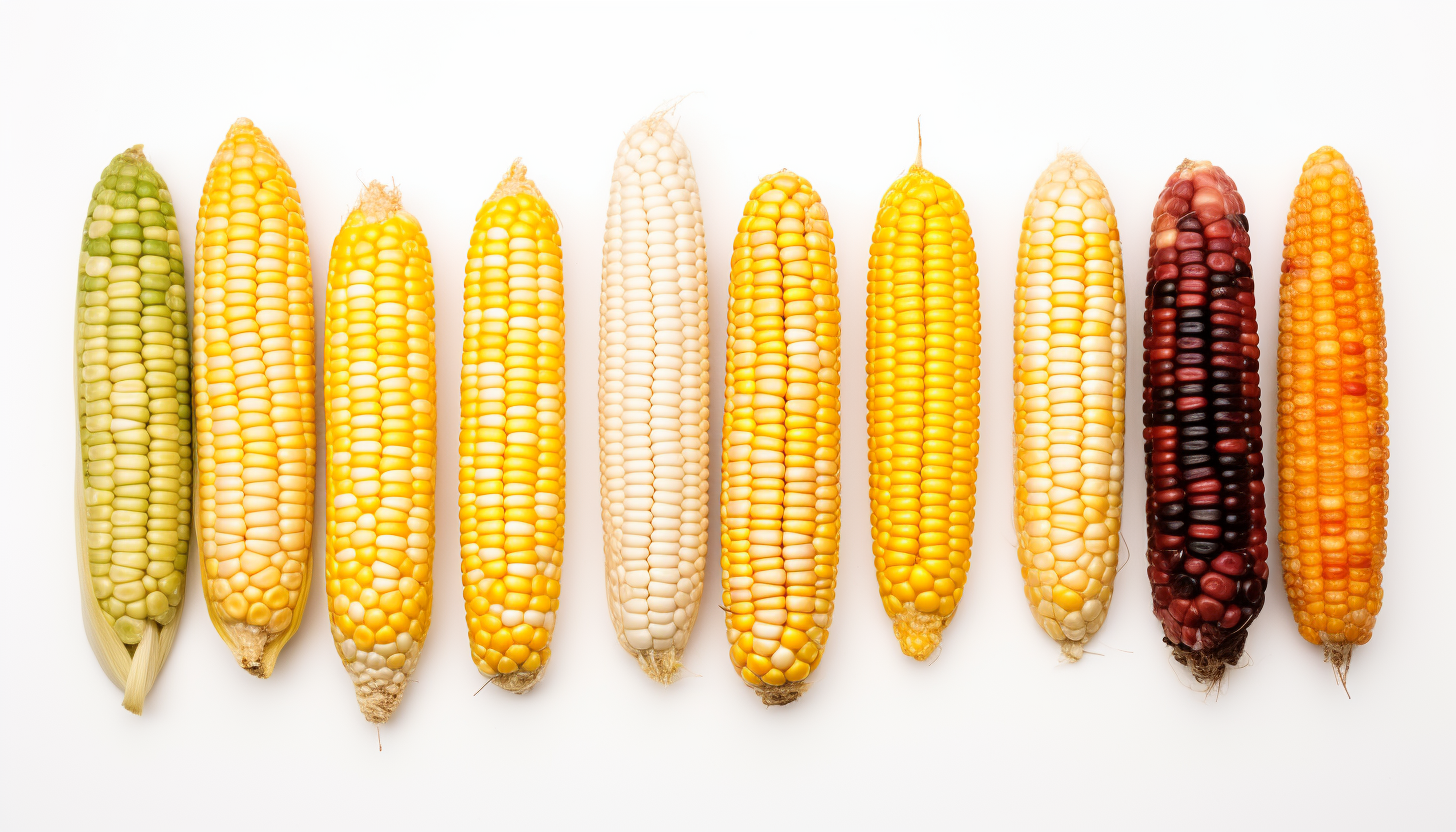
One of the three sisters with beans and squash.
Corn, also known as maize, is a staple grain consumed in various forms across the globe. Nutritionally, it is primarily composed of carbohydrates, and it's a good source of energy. Corn also contains moderate amounts of protein and dietary fiber, especially when consumed as whole grain. While it's generally low in fat, corn does provide some essential fatty acids. It offers various vitamins and minerals, including B vitamins like thiamine, niacin, and folate, as well as minerals such as magnesium, iron, and zinc.
Squash

One of the three sisters with beans and corn
Squash is a nutrient-dense vegetable that comes in various varieties, including butternut, acorn, and spaghetti squash. Rich in vitamins and minerals, squash is an excellent source of Vitamin A, particularly in the form of beta-carotene, which is vital for eye health and immune function. It also contains significant amounts of Vitamin C, Vitamin E, B-complex vitamins, potassium, and magnesium. Squash is low in calories and fat, and its high fiber content aids in digestion and helps maintain a healthy weight. Many types of squash also contain antioxidants like lutein and zeaxanthin, which may contribute to reducing the risk of chronic diseases.
Earth Worm
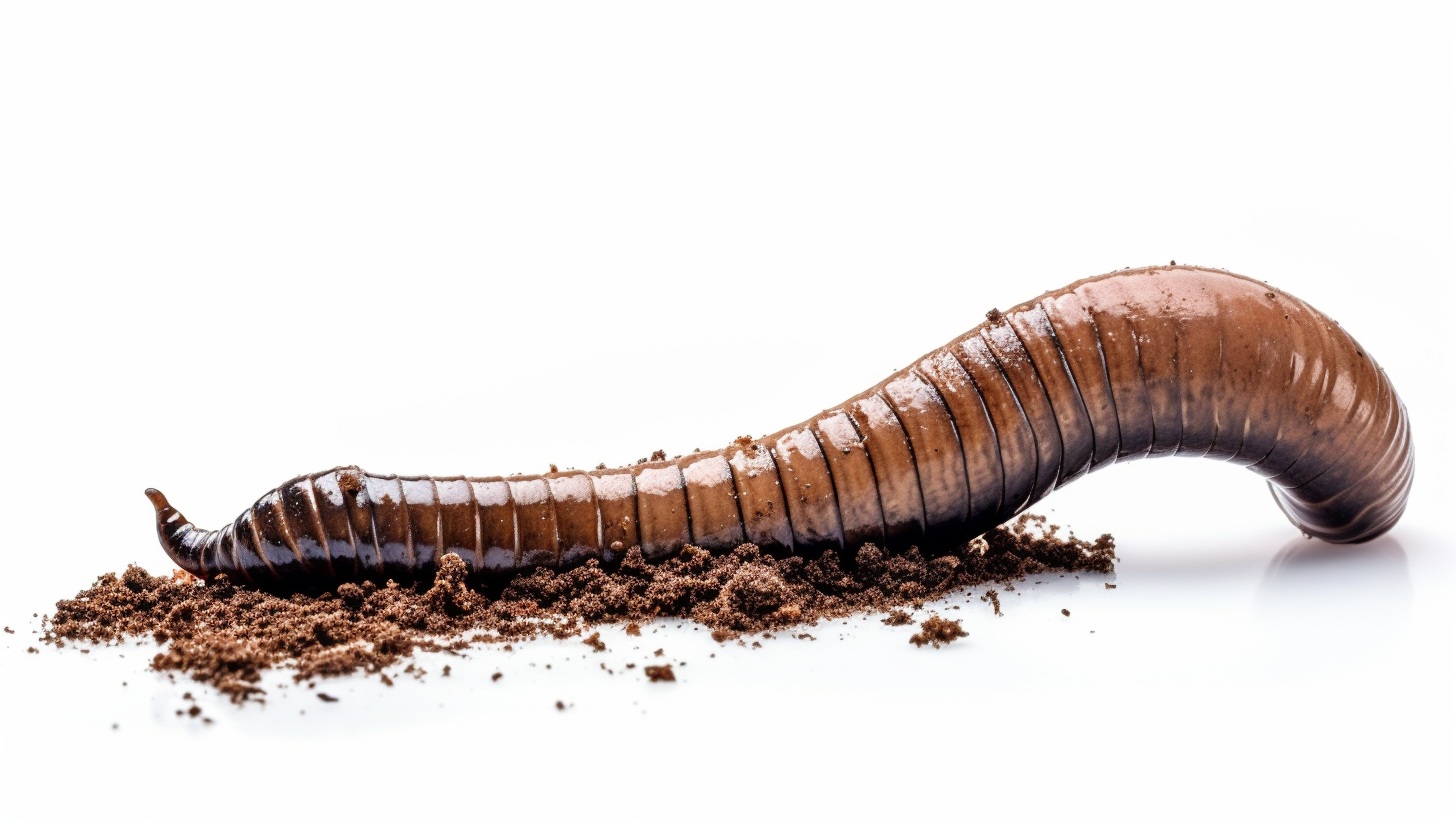
Vermicomposting is a process that leverages the natural decomposition abilities of worms, typically red wigglers, to convert organic waste into nutrient-rich compost known as worm castings. This method involves housing the worms in a bin with appropriate bedding, such as shredded newspaper, and feeding them organic waste like fruit and vegetable scraps. Over time, the worms consume the waste and excrete worm castings, a superior type of compost rich in nutrients and beneficial microorganisms. This method of composting is not only quicker than traditional methods, but it's also suitable for indoor environments or limited spaces, making it a versatile solution for waste management and organic gardening or farming.

Hazelnut
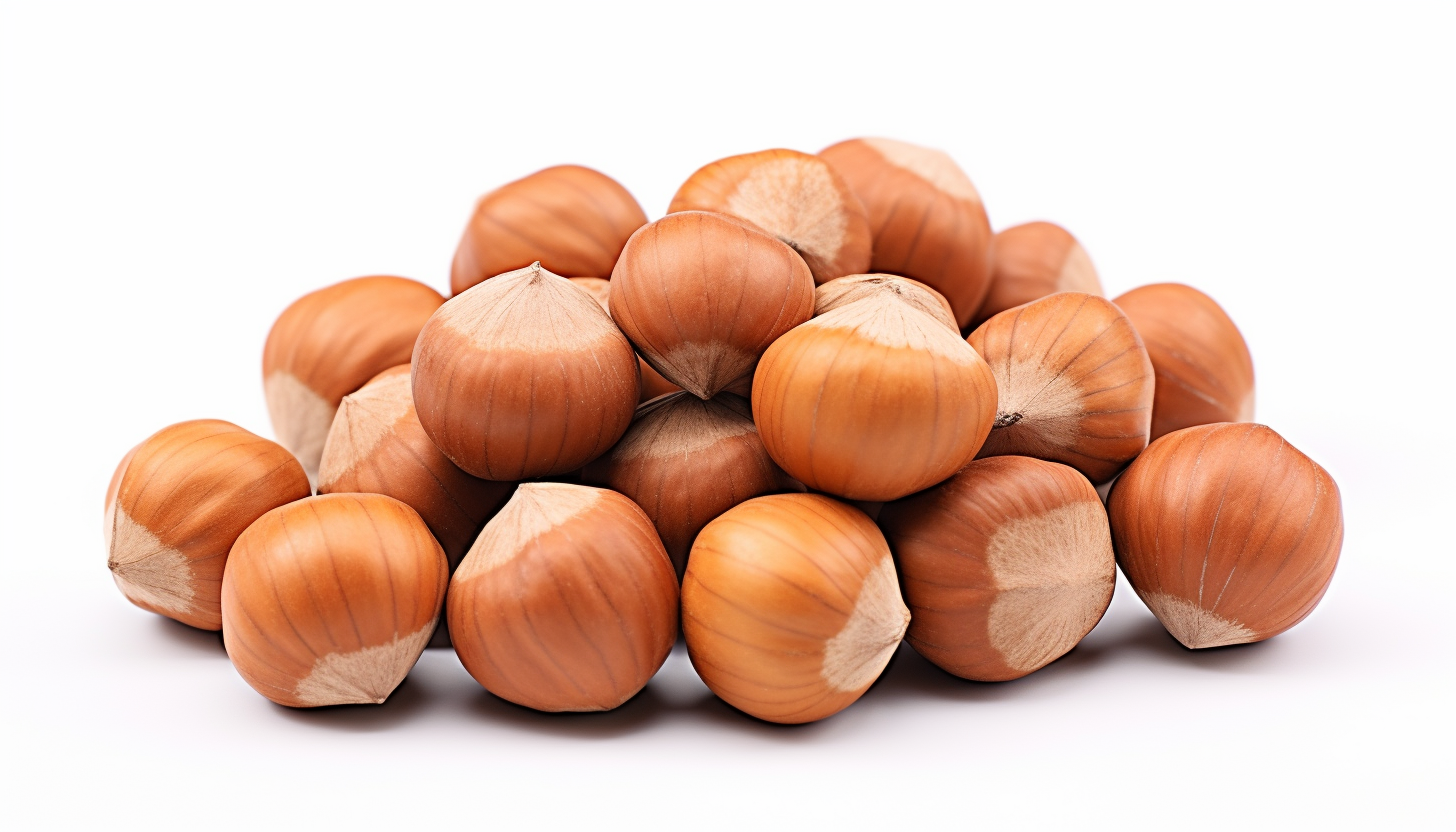
Hazelnuts, also known as filberts, are packed with nutrients and beneficial compounds. They are a great source of monounsaturated and polyunsaturated fats, which are known for their heart-healthy benefits. Hazelnuts are also rich in dietary fiber, promoting digestive health, and contain significant amounts of protein. These nuts provide essential vitamins and minerals, including Vitamin E, Vitamin B6, manganese, copper, magnesium, and phosphorus. Vitamin E, in particular, acts as a powerful antioxidant, protecting cells from damage. Additionally, hazelnuts contain phytochemicals like flavonoids, which may have various health benefits, including anti-inflammatory and anti-cancer properties.
Duckweed
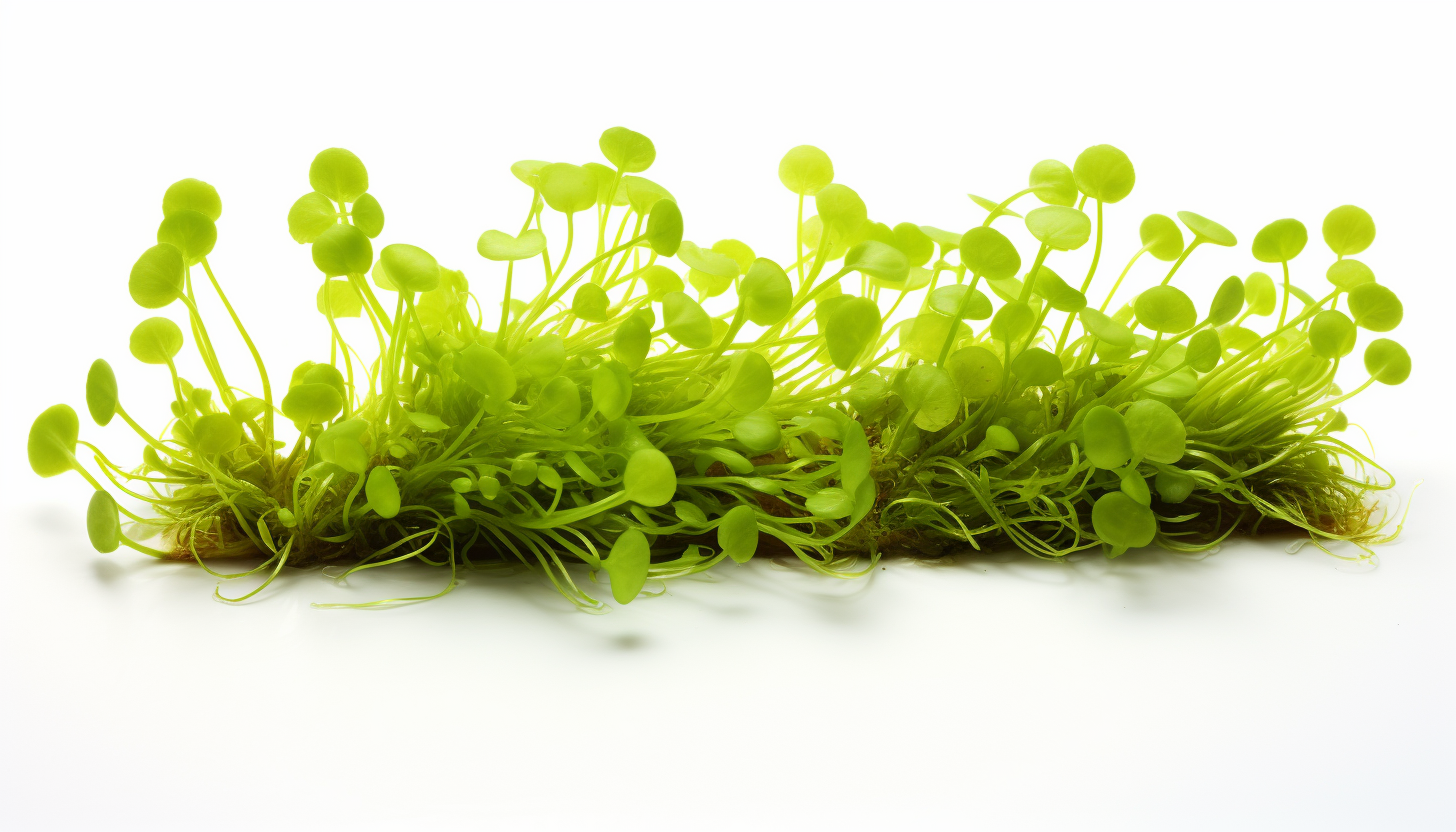
Duckweed, a small floating aquatic plant, is gaining attention for its nutritional profile, especially as a potential protein source. It is remarkably rich in protein, with some species containing up to 45% protein by dry weight, encompassing a wide range of essential amino acids. Duckweed is also a source of dietary fiber and contains various vitamins, including Vitamin A, Vitamin C, and several B vitamins. Minerals like iron, calcium, and magnesium are present in notable quantities as well. Additionally, duckweed has omega-3 fatty acids, specifically alpha-linolenic acid (ALA), which is beneficial for heart health.
Mushroom
Turkey Tail
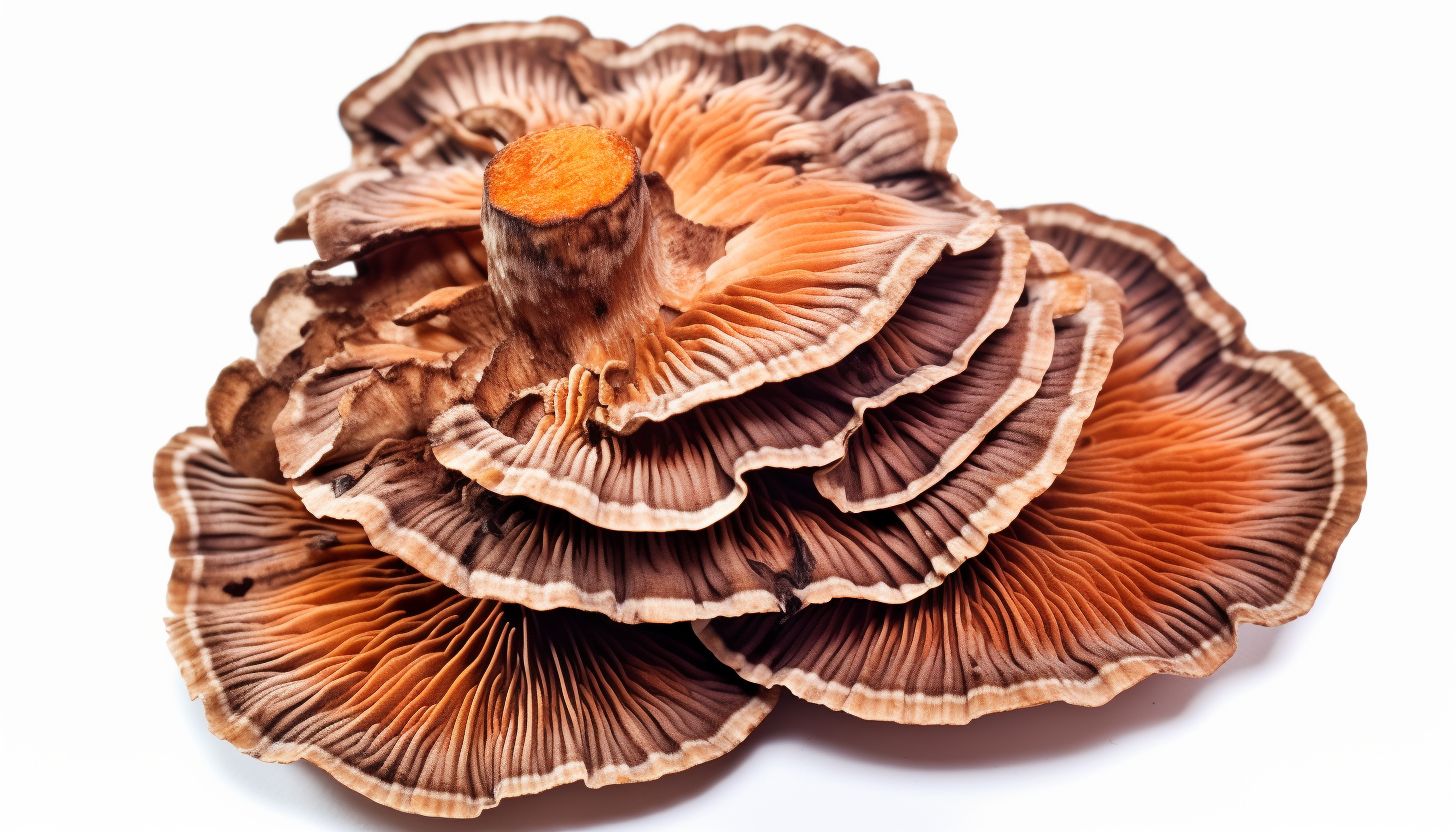
Oyster
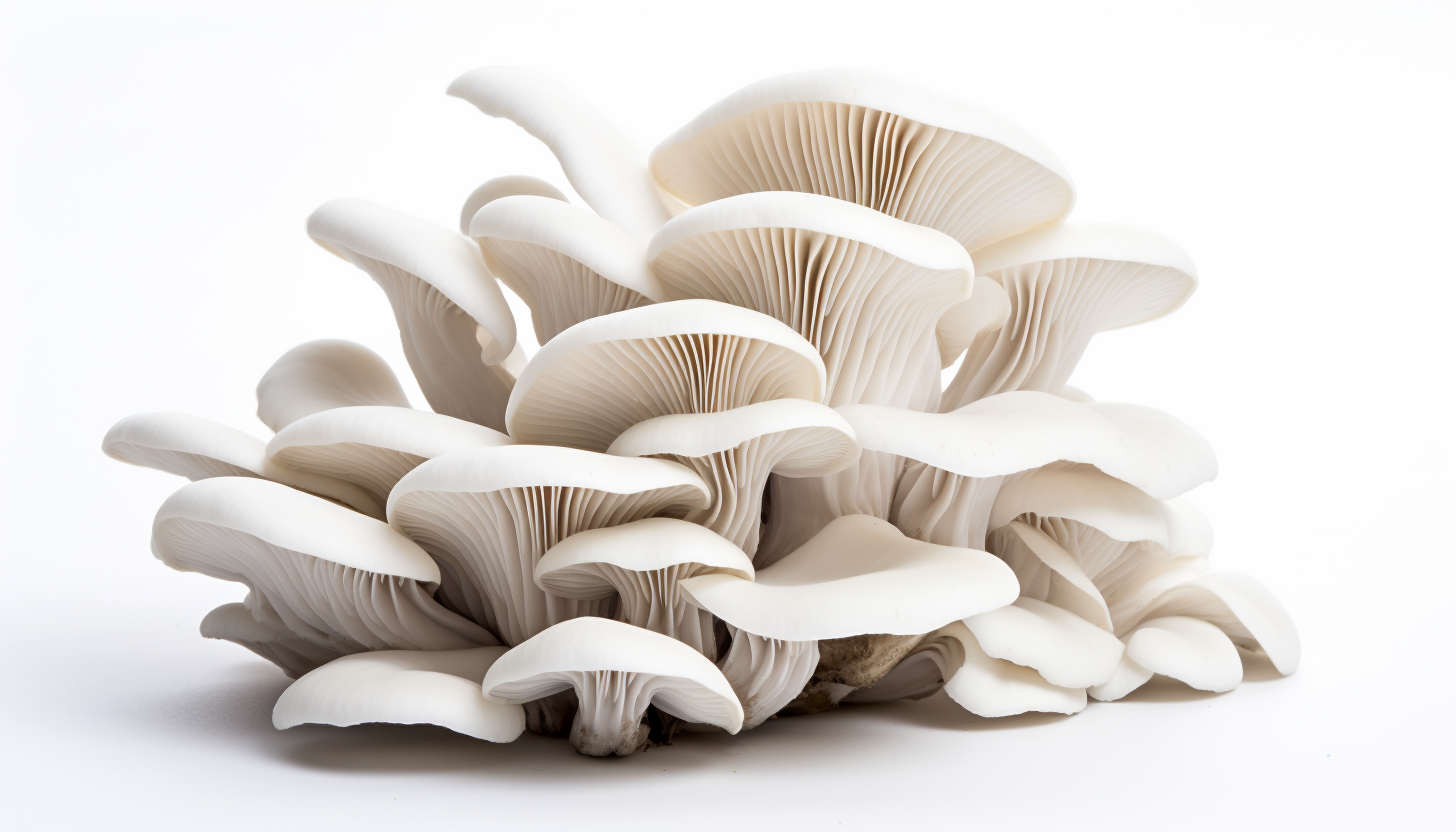
Chanterelle
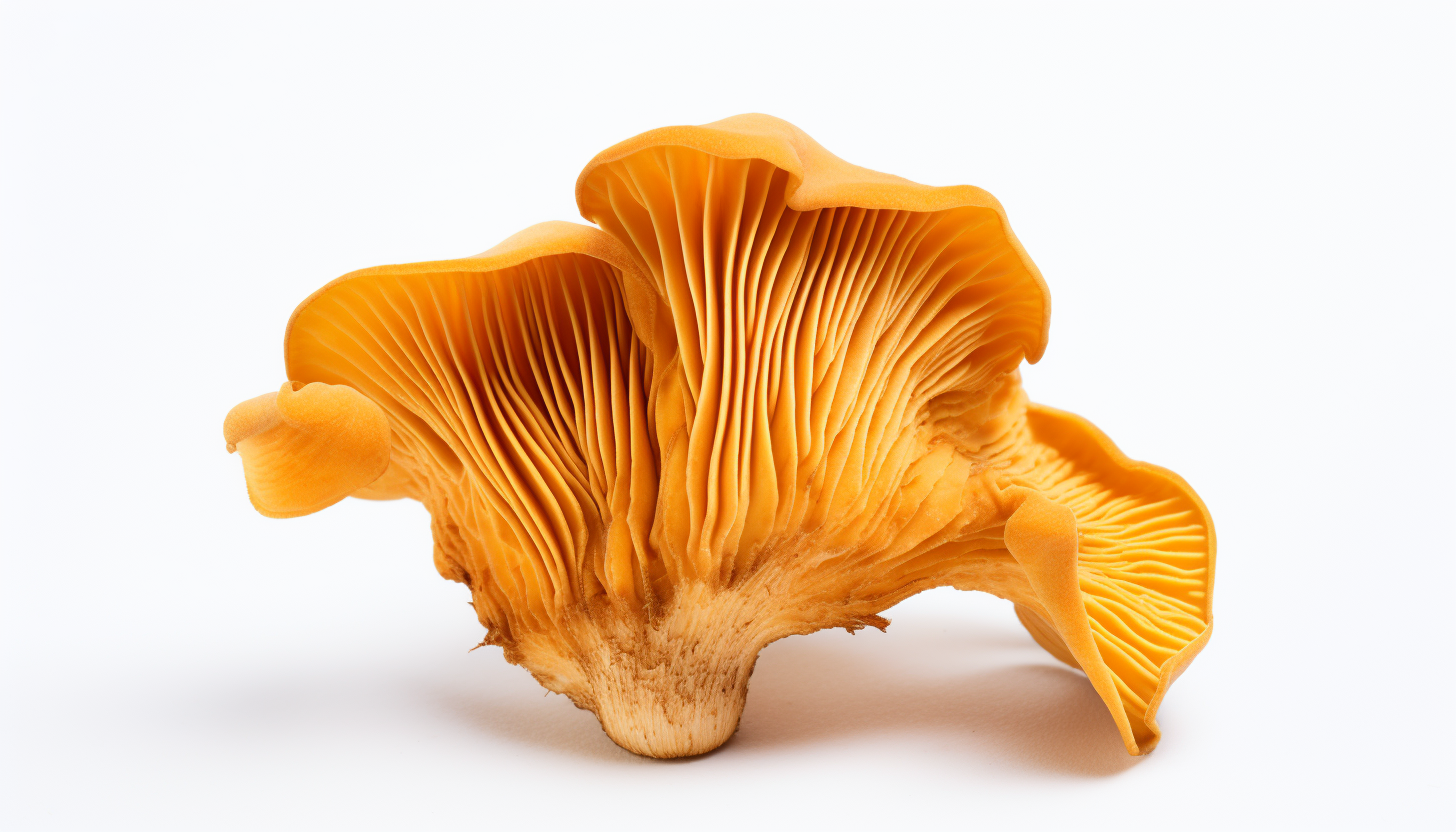
Morel
